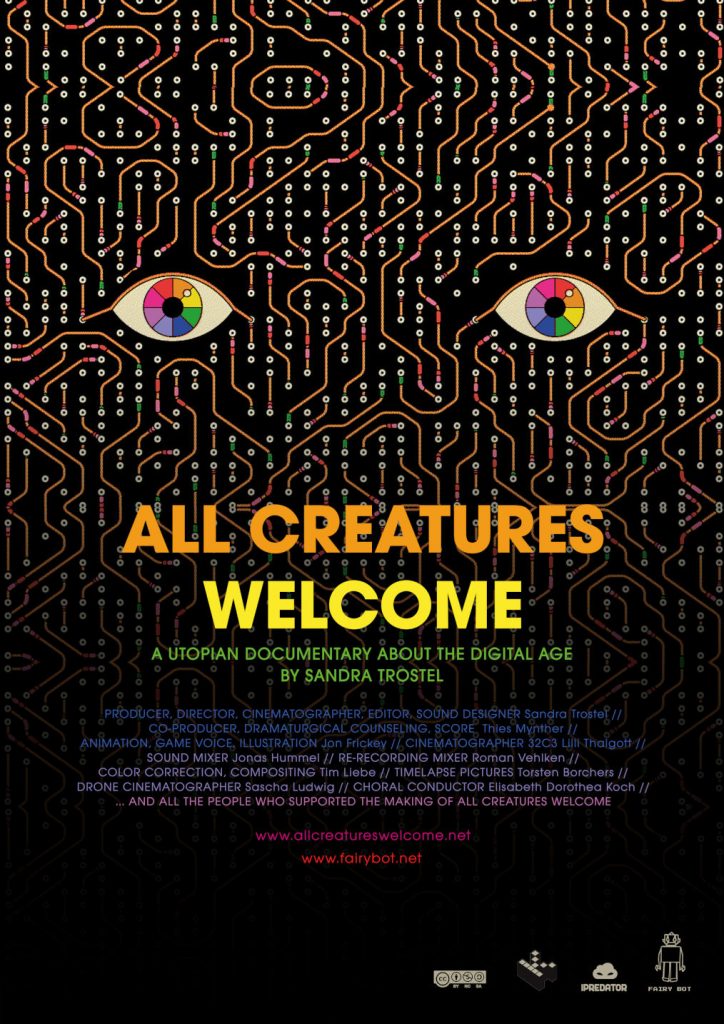Google just made some news – and controversy – with their ‘independent’ corporation The Open Usage Commons Foundation. Possibly some kind of 501(c) non-profit organization, we don’t know yet.
It has been instantiated for the sole purpose of trademark management (and enforcement?) for Open Source projects, who are said to be not well positioned to care by themselves. For a start Google assimilated their own projects: Angular, Istio, and GerritCode Review. Own Projects? Oh well, at least for Istio – that was co-developed with IBM – they now clarified who has ownership of its trademark.
In their introduction statement they claim: “[…] Accordingly, a trademark, while managed separately from the code, actually helps project owners ensure their work is used in ways that follow the Open Source Definition by being a clear signal to users that, “This is open source.” […]”
Josh Simmons, the president of the Open Source Initiative (OSI) maintaining the referenced definition has a diplomatic statement to that, which also serves well as a summary: “Of course, OSI is always glad when folks explicitly work to maintain compatibility with the Open Source Definition. What that means here is something we’re still figuring out, so OSI is taking a wait-and-see approach.” [1]
Or is this yet another project for the Google Cemetery because the Open Source community is not that into trademarks as cooperations are?
There are more detailed summaries and discussions:
- “Google open sources trademarks with the Open Usage Commons” by Steven J. Vaughan-Nichols
- “IBM has a problem with Google’s Open Usage Commons” by Jim Salter
- “Trademark and the Tempest” by Stephen O’Grady
- “Googles frisch gegründete Open-Source-Stiftung soll vor allem Marken schützen” von Silke Hahn
